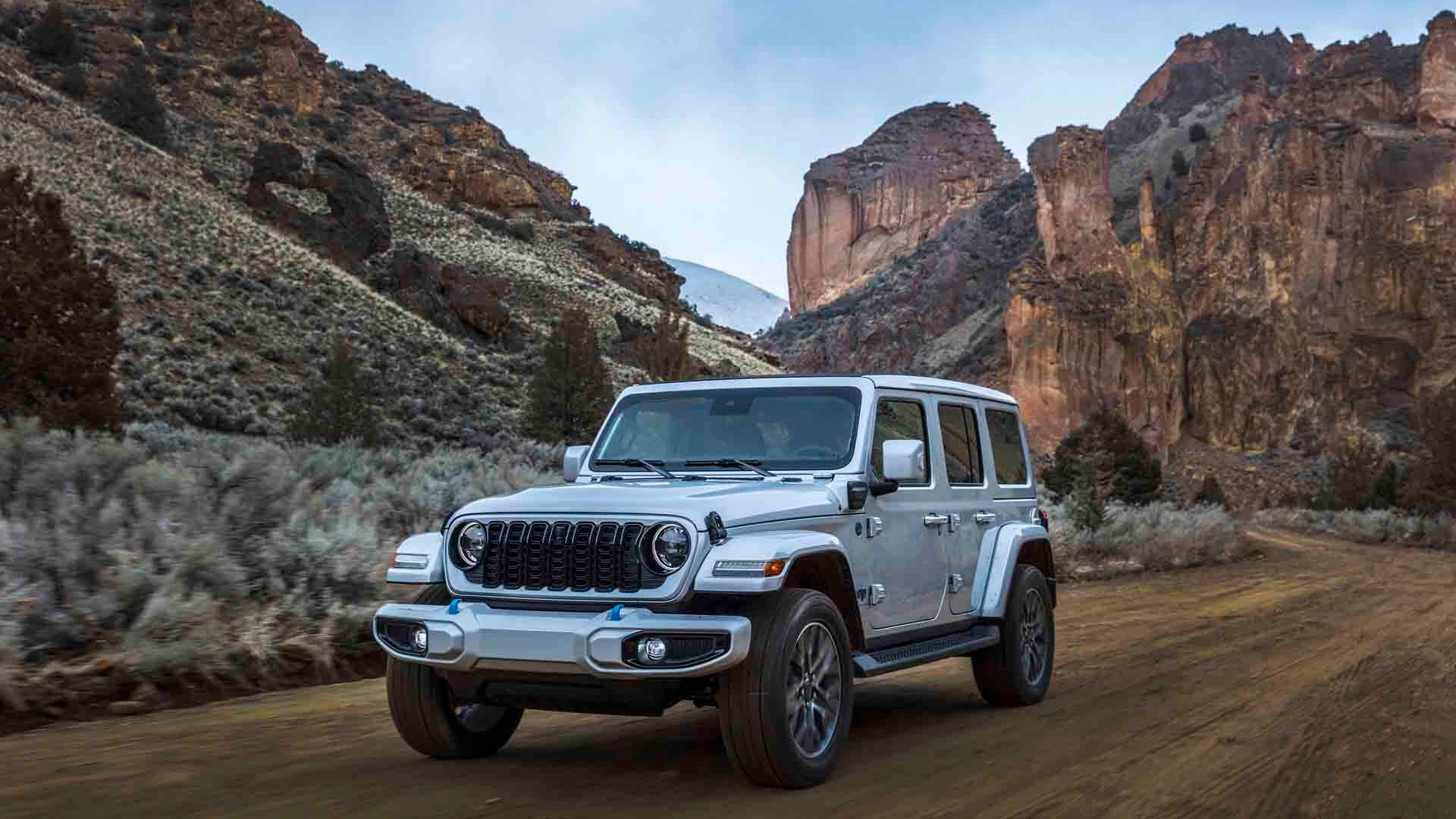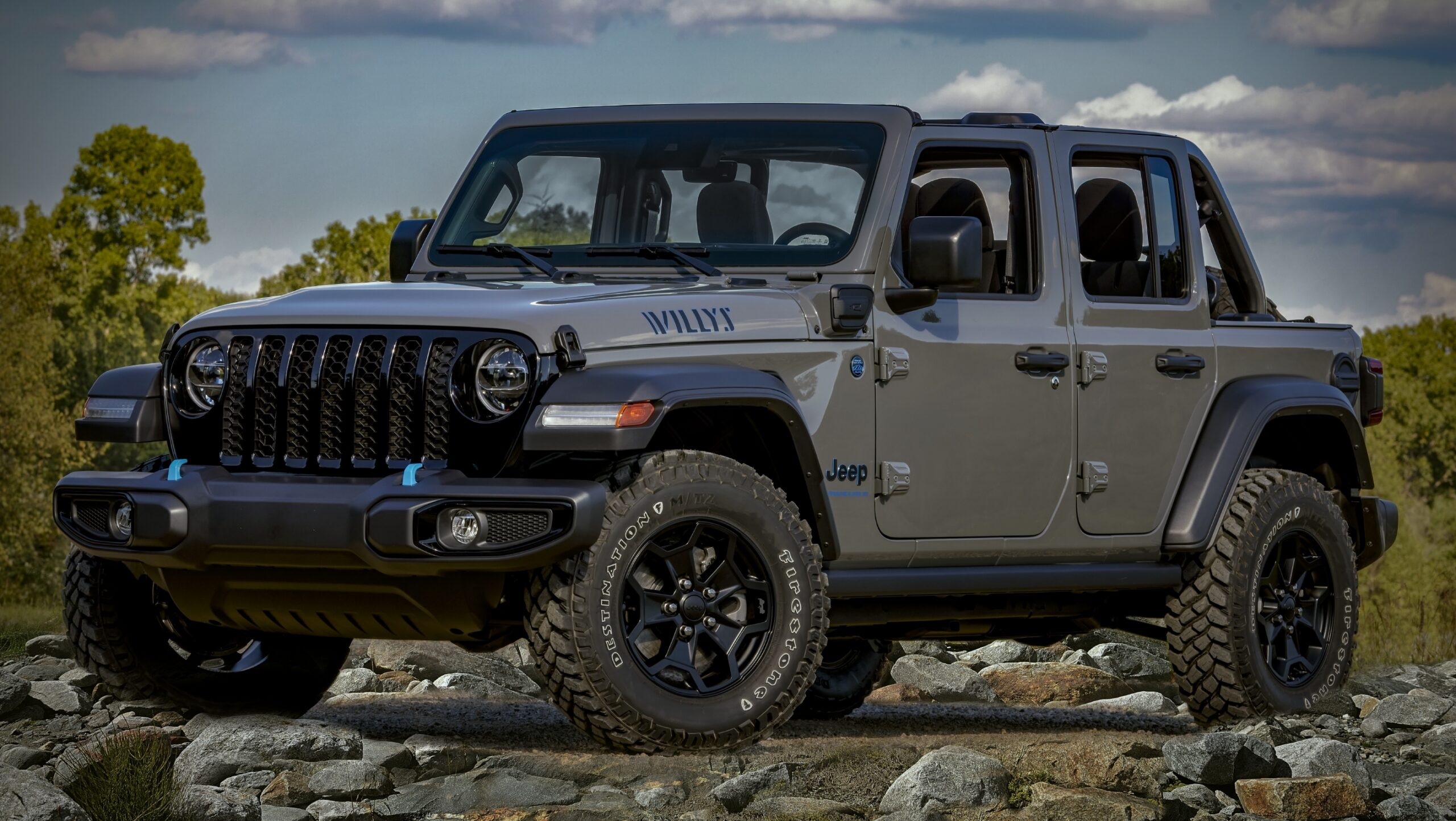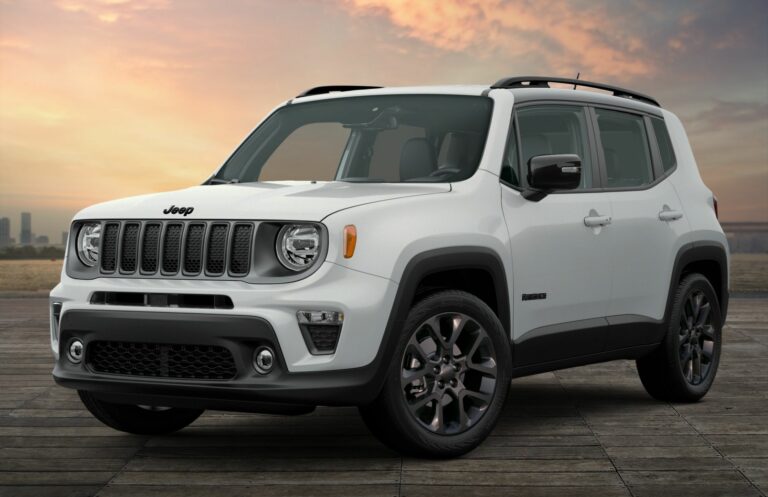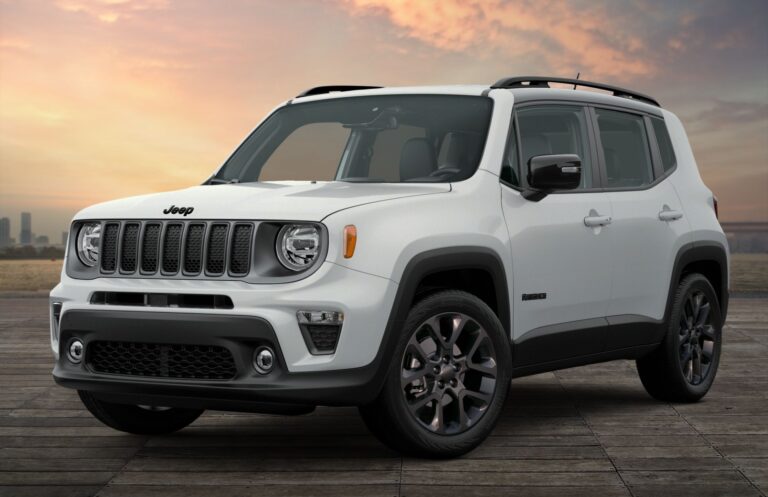Jeep Wrangler 2 Door Vs 4 Door Towing: A Comprehensive Guide
Jeep Wrangler 2 Door Vs 4 Door Towing: A Comprehensive Guide jeeps.truckstrend.com
The iconic Jeep Wrangler, synonymous with off-road adventure and open-air freedom, often sparks questions when it comes to its towing capabilities. While not a dedicated tow rig like a full-size truck, both the 2-door and 4-door (Unlimited) versions of the Wrangler are designed to handle light to moderate towing tasks. However, significant differences exist between the two configurations that profoundly impact their suitability for hauling, making the choice between them crucial for prospective owners with towing needs.
This comprehensive guide delves into the nuances of Jeep Wrangler 2-door versus 4-door towing, exploring their respective capacities, factors influencing performance, essential equipment, safety considerations, and practical advice to help you make an informed decision.
Jeep Wrangler 2 Door Vs 4 Door Towing: A Comprehensive Guide
Understanding the Fundamentals of Wrangler Towing
Before diving into the specifics of each model, it’s vital to grasp the core concepts of towing that apply to all vehicles, including the Jeep Wrangler:
- Towing Capacity: The maximum weight a vehicle can safely tow, including the trailer and its contents. This is the most frequently cited number.
- Gross Vehicle Weight Rating (GVWR): The maximum permissible total weight of your fully loaded vehicle, including passengers, cargo, and any tongue weight from the trailer.
- Gross Combined Weight Rating (GCWR): The maximum permissible total weight of the fully loaded tow vehicle and the fully loaded trailer combined. Exceeding this is dangerous and often illegal.
- Tongue Weight: The downward force exerted by the trailer’s hitch onto the tow vehicle’s hitch receiver. Typically, this should be 10-15% of the total trailer weight for stability.
- Payload Capacity: The maximum weight of cargo and passengers that your vehicle can carry. This is crucial because any tongue weight from the trailer reduces your available payload.
![]()
Always refer to your specific Wrangler’s owner’s manual and the sticker on the driver’s side door jamb for exact, model-specific ratings, as capacities can vary by year, trim, engine, and axle ratio.
Jeep Wrangler 2-Door Towing Capabilities: Nimble, But Limited
The classic 2-door Jeep Wrangler (JL generation) maintains its reputation as a highly agile and capable off-roader, particularly in tight spots. Its shorter wheelbase is a significant advantage on challenging trails but becomes a notable limitation when it comes to towing.
Typical Towing Capacity: 2,000 lbs (907 kg)

Pros for Towing (within limits):
- Lighter Curb Weight: Generally lighter than the 4-door, which can contribute to better fuel economy when not towing.
- Maneuverability: Excellent for navigating tight spaces, even with a small trailer attached, due to its shorter turning radius.
Cons for Towing:
- Lower Towing Capacity: The primary limitation. 2,000 lbs restricts you to very light loads.
- Reduced Stability: The shorter wheelbase inherently provides less stability when towing, especially at highway speeds or in crosswinds. This makes the vehicle more susceptible to trailer sway.
- Limited Payload: Less interior space means less room for passengers and cargo, and the tongue weight of any trailer further reduces this capacity.
- Ideal Towing Scenarios: The 2-door Wrangler is best suited for towing very light utility trailers, a small jet ski, a couple of dirt bikes, or a lightweight kayak trailer. It is generally not recommended for pop-up campers or even the smallest travel trailers, as these often exceed the 2,000 lb limit and demand more stability.
Jeep Wrangler 4-Door (Unlimited) Towing Capabilities: The More Practical Hauler
The 4-door Wrangler Unlimited revolutionized the lineup, offering more passenger space, cargo room, and significantly enhanced towing capabilities. Its extended wheelbase is the key differentiator here, providing a more stable platform for hauling.
Typical Towing Capacity: 3,500 lbs (1,588 kg)
Pros for Towing:
- Higher Towing Capacity: The 3,500 lb limit opens up many more possibilities for trailers.
- Enhanced Stability: The longer wheelbase provides much better stability, reducing trailer sway and making for a more comfortable and safer towing experience on the highway.
- Greater Payload: More seating and cargo space mean you can carry more gear and passengers while still accommodating the trailer’s tongue weight.
- More Engine Options: Often available with more powerful engine options (like the EcoDiesel or 392) that are better suited for sustained towing.
Cons for Towing:
- Heavier Curb Weight: This can slightly impact fuel economy compared to the 2-door, even when not towing.
- Reduced Off-Road Maneuverability: While still incredibly capable, the longer wheelbase makes it less agile in very tight off-road situations.
- Ideal Towing Scenarios: The 4-door Wrangler can comfortably tow small travel trailers, larger utility trailers, small boats, ATVs, and most pop-up campers. It’s a much more versatile option for those who need to balance daily driving, off-roading, and regular light-to-medium towing.
Key Factors Influencing Wrangler Towing Performance (Beyond Door Count)
While the number of doors is a primary differentiator, several other critical factors significantly impact your Wrangler’s real-world towing performance:
- Engine Type:
- 3.6L Pentastar V6: The most common engine, offering a good balance of power and efficiency for its towing capacity.
- 2.0L Turbo I4: Offers strong low-end torque, which can feel punchy for towing, but sustained heavy loads might test its limits.
- 3.0L EcoDiesel V6: Provides exceptional torque, making it arguably the best engine option for towing within the Wrangler’s limits, especially for climbing grades.
- 6.4L HEMI V8 (Rubicon 392): While incredibly powerful, its primary focus is performance, not necessarily optimized for towing beyond the standard 4-door capacity. Its high fuel consumption under load is also a factor.
- Transmission: Automatic transmissions are generally preferred for towing due to smoother power delivery and less driver fatigue. Most manual transmissions have slightly lower stated towing capacities.
- Axle Ratio: This is crucial. Higher numerically ratios (e.g., 3.73, 4.10, 4.56) provide more torque to the wheels, making it easier to start and maintain speed with a load, especially on inclines. Lower ratios (e.g., 3.21) are better for fuel economy but compromise towing power. Factory "tow packages" often include optimal axle ratios.
- Suspension Modifications: Lift kits and aftermarket suspension components can significantly alter your Wrangler’s towing dynamics. A lift often raises the center of gravity and can require adjustments to hitch height. Heavy-duty springs or air helper springs can improve sag and stability, but extreme modifications can negatively impact safe towing and even void warranties if not properly engineered.
- Tires: Larger, heavier, or more aggressive off-road tires can effectively change your axle ratio, reducing pulling power and increasing strain on the drivetrain. They also add to unsprung weight, which can impact braking and stability.
- Brakes: Your Wrangler’s stock brakes are designed for its GVWR, not necessarily for hauling an additional 3,500 lbs. Upgrading to larger rotors, better pads, or a more robust braking system is a wise investment for frequent or heavy towing.
- Payload & People: Remember that the weight of all passengers, cargo, and aftermarket accessories inside your Jeep directly reduces the available payload capacity for the trailer’s tongue weight.
Essential Towing Equipment and Setup
Regardless of whether you choose a 2-door or 4-door, proper equipment is non-negotiable for safe and effective towing:
- Hitch Receiver: Most Wranglers don’t come with a factory hitch receiver as standard equipment, especially older models. An aftermarket Class II or Class III receiver is necessary. Ensure it’s properly installed and rated for your towing needs.
- Ball Mount and Hitch Ball: Match the ball mount drop/rise to your trailer’s coupler height and ensure the ball size (e.g., 2-inch, 2 5/16-inch) matches your trailer.
- Trailer Wiring Harness: Essential for trailer lights (tail lights, brake lights, turn signals). A 4-pin connector is common for basic trailers, while a 7-pin connector is needed for trailers with electric brakes or auxiliary power.
- Brake Controller: Absolutely critical for any trailer equipped with electric brakes (typically required for trailers over 1,500-2,000 lbs, depending on local laws). This device allows you to activate the trailer’s brakes from the Jeep’s cabin, greatly improving stopping power and safety.
- Trailer Mirrors: Extendable or clip-on mirrors are highly recommended to provide a clear view along the sides of your trailer, enhancing visibility and safety.
- Weight Distribution Hitch (WDH) & Sway Control: While a WDH is rarely recommended or necessary for the Wrangler’s maximum towing capacity (and can even put undue stress on the frame), integrated sway control systems (either friction-based or built into the WDH) can be beneficial, especially for longer trailers or those with a higher profile. Always consult your owner’s manual regarding WDH use with your specific Wrangler.
Towing Safety Tips and Best Practices
Towing introduces new dynamics and responsibilities. Adhere to these safety guidelines:
- Read Your Manual: This cannot be stressed enough. Your owner’s manual contains specific instructions, limitations, and recommendations for towing with your Wrangler.
- Pre-Trip Inspection: Before every tow, check tire pressures (vehicle and trailer), lights, brakes, fluid levels, hitch connection, safety chains, and breakaway cable.
- Proper Trailer Loading: Distribute weight in the trailer so that 10-15% of the total trailer weight is on the tongue. Too little tongue weight causes sway; too much overloads the rear axle.
- Drive Defensively: Allow greater stopping distances, accelerate slowly, avoid sudden maneuvers, and take wider turns.
- Lower Speeds: Reduce your highway speed. Trailer sway is more likely at higher speeds.
- Monitor Temperatures: Keep an eye on your engine and transmission temperatures, especially on inclines.
- Check Laws: Be aware of state and local laws regarding trailer brakes, maximum speeds, and required equipment.
- Practice: If you’re new to towing, practice in a safe, open area before hitting public roads. Practice backing up!
Challenges and Considerations
- Fuel Economy: Expect a significant drop in fuel efficiency when towing, especially with the Wrangler’s aerodynamic profile.
- Wear and Tear: Towing puts additional strain on your engine, transmission, brakes, and suspension components. Regular maintenance becomes even more critical.
- Warranty: Exceeding your Wrangler’s towing or payload capacities, or using unapproved modifications, could potentially void parts of your warranty.
- Wrangler Dynamics: Despite improvements, the Wrangler’s relatively short wheelbase and high center of gravity (compared to a pickup truck) mean it will always feel less planted and stable than a dedicated tow vehicle when hauling.
Practical Advice and Actionable Insights
- Determine Your Needs: Be honest about what you plan to tow. If it’s just a small utility trailer once a year, a 2-door might suffice. If it’s a regular occurrence with a camper, the 4-door is the clear winner.
- Don’t Skimp on Equipment: Invest in quality hitch components, a reliable brake controller, and proper mirrors. Your safety is paramount.
- Factor in "Total Weight": Remember that the weight of water, gear, and supplies in your trailer adds to its dry weight. Always weigh your loaded trailer if possible.
- Consider a "Tow Package": When purchasing a new Wrangler, opt for the factory tow package if available. It typically includes a heavy-duty electrical system, hitch receiver, and often an optimal axle ratio.
- When in Doubt, Upgrade: If you’re consistently pushing the limits of your Wrangler’s towing capacity, or if you feel unstable, it might be time to consider a more capable tow vehicle.
Comparison Table: Jeep Wrangler 2-Door vs. 4-Door Towing Specs
| Feature | Jeep Wrangler 2-Door (JL) | Jeep Wrangler 4-Door (JL Unlimited) | Notes





